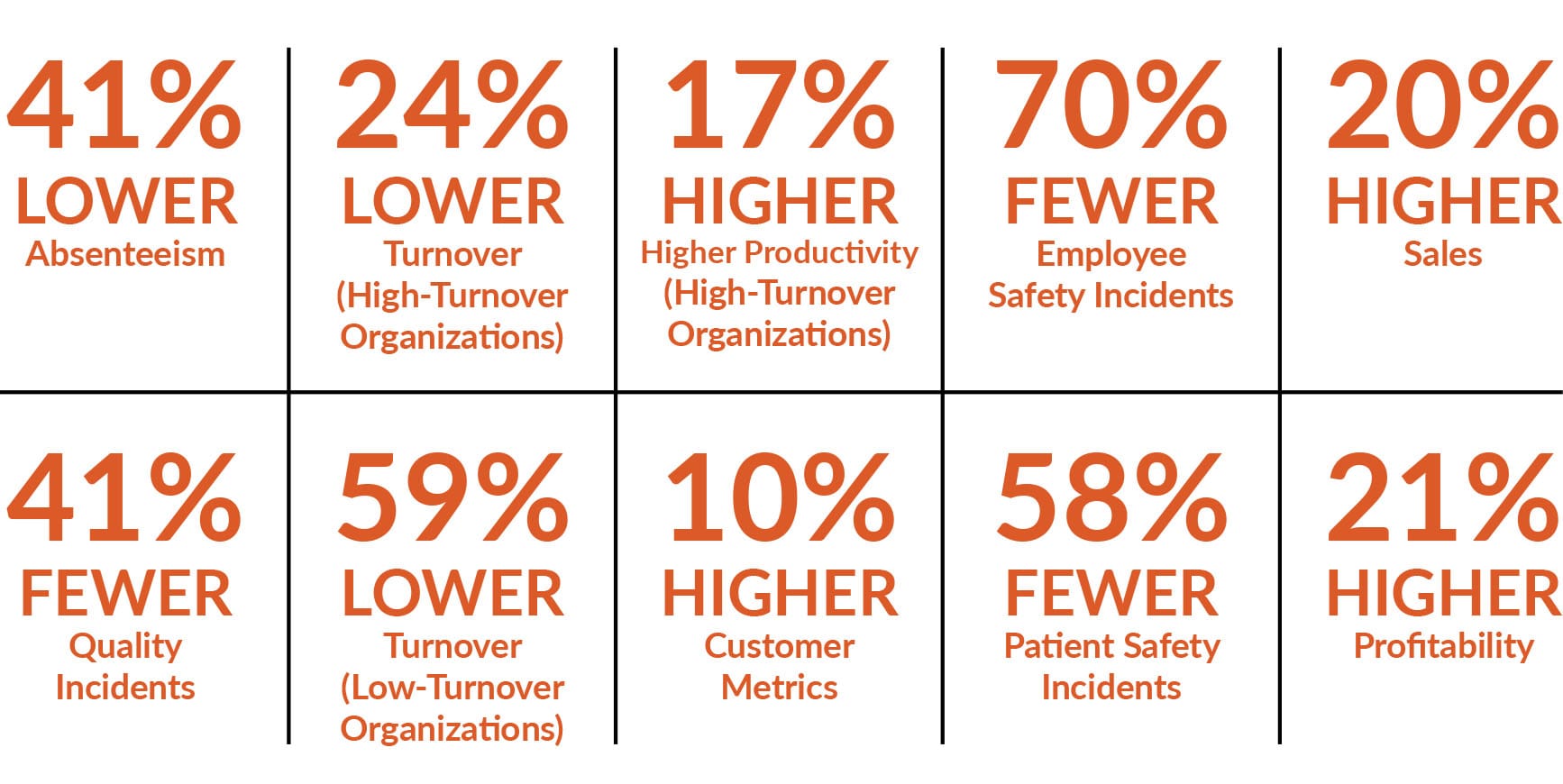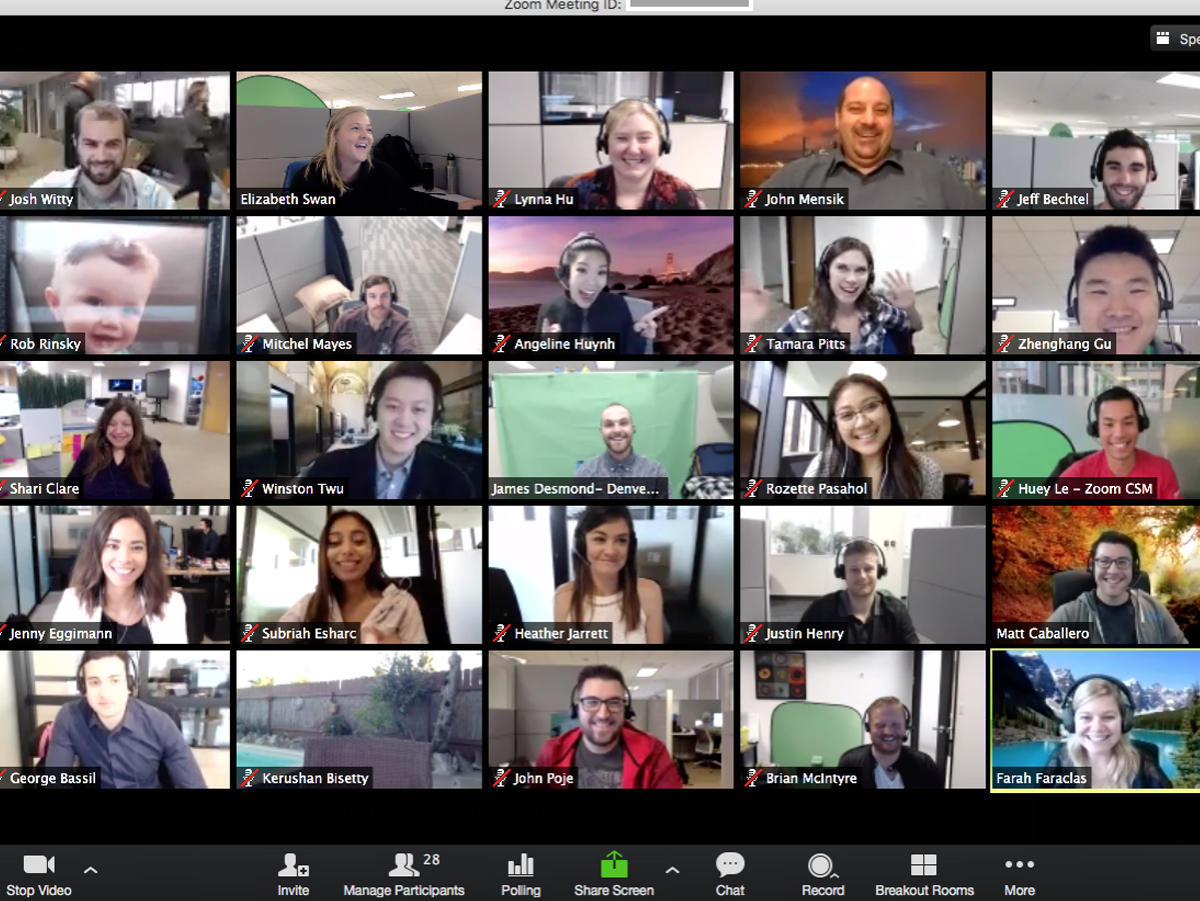Increasing employee engagement is a challenge during normal times. COVID-19 with shelter-in-place policies have many employees working remotely for the first time, making employee engagement a greater challenge than when they're in the office.
Let's take a minute to discuss a few ways to make the new challenge a little less daunting.
Why does Employee Engagement Matter?
For as long as you or I remember, Gallup has been tracking the relationship between employee engagement and positive business outcomes such as customer satisfaction, profitability, lower turnover and improved safety in the workplace. The bottom line is, engaged employees are good for business in many measurable ways. So keep doing things to keep employees engaged are things worth doing, right?

But times are different now. COVID's shelter-in-place has employees working remotely, and keeping employees engaged when the employees are literally not around presents new challenges.
5 Ways to keep remote employees engaged
There are plenty of steps your organization can take that will cause your remote employees to want to be plugged into their work. I don't assume that the following five are the best ideas for your organization.
But I'm hoping you'll find that a few are worth trying, or that they trigger other ideas. This is new territory for a lot of us, so let's forge ahead with some new initiatives, simple as they may be.
-
Hold virtual company-wide meetings
When you're hunkered down over your laptop at the dining room table, it can be easy to mentally drift away from the bigger picture of purpose; what you're doing, and why. Frequent company-wide meetings through Microsoft Teams or other web conference apps can eliminate that feeling of loneliness that can creep in, and create a greater sense of belonging to the remote employees.
“Belonging is a key component of inclusion. When employees are truly included, they perceive that the organization cares for them as individuals, their authentic selves. HR can help make that happen,” says Lauren Romansky, Managing Vice President, Gartner. “That’s good for employees — and ultimately improves business performance.”

At Neocase, we began doing this last fall, but we've upped the frequency during COVID now that every employee is remote. The agendas and speakers vary to keep the meetings interesting. The key is to give employees an opportunity to see themselves as a part of a something greater.
-
Facilitate Working Parent Support Sessions
Perhaps one of the more repeated phrases during this pandemic is "We're all in this together." That's because we're all facing and trying to solve the same challenges, especially those resulting from social distancing.
Schedule on-line discussions where employees can share their own trials, errors and successes related to topics stemming from social distancing. Home-schooling, child-care, meal prep, family entertainment and financial management are challenges that many employees face, and would love to hear how others are dealing with them.
"How Working Parents can Support one another" (Harvard Business Review, April 17, 2020) says "We’re all trying to figure this out and we will need to find unconventional solutions to do so. If you find a creative solution that works for your family, show it off (even if it’s a bit weird)."
When a coworker with whom you don't often associate has a positive impact on your personal routine, it creates a new sense of connection to the workplace, leading to great engagement.
-
Create an Online Breakroom
A Gallup poll finds, “Perceived workplace isolation can lead to as much as a 21% drop in performance.”
As a 30 year veteran of working from home, the single greatest drawback for me has been the lack of a proverbial water cooler. Having the place to go for an impromptu 5-minute diversion is something that my not-so-inner social animal misses.

Keep an all-day meeting open on Microsoft Teams or your company's conference tool of choice, give it a catchy name, like "The Virtual Water Cooler," and publicize it. No agenda, no rules, just a place for coworkers to interact with coworkers on the topic of their choosing.
To paraphrase Kevin Costner from the 1989 movie Field of Dreams, "If you build it, the employees will come."
-
Invest in professional development
Abraham Lincoln famously said that if he had five hours to chop down a tree, he'd spend four of those hours sharpening the axe.

How many times have you thought, "I'd take that course if I had the time to do it." Now may be the perfect time. Business cycles have been thrown off course, and many employees have white space on their calendars that isn't normally available. Online learning is a great way to fill that void.
A 2019 employee survey published by American Benefit Advisor revealed that 76% of employees say a tuition reimbursement program would make them more likely to remain at their organization, and 81% say it would make them more likely to recommend working there to a friend. And 64% say such benefits make them “happier at work.”
Employees will feel a greater commitment to your organization, through paid-for training that will improve their performance. Professional development has its advantages. So if not now when you've got the time, then when?!?
-
Give workers more control over their schedules
How many of your employees have children at home during COVID, or elder parents' who require care or counseling about social distancing? There are plenty of legitimate "other jobs" your employees need to be doing during working hours, and if you make it easier for them, everybody comes out ahead.
By giving your employees more control over their work schedules, they'll feel relieved and less anxious about doing those other jobs. The reduction in anxiety allows them to focus more effectively on the jobs they were hired to do.
When employees have more flexibility with their schedules, businesses benefit through increased productivity, lower absenteeism, and lower healthcare costs through healthier and happier employees. Employees will see you as a more understanding employer, which builds further trust and engagement. .
Don't stop here. Keep innovating.
The five tips presented here are not intended to be the be-all-end-all definitive list. Given a strong cup of French Roast and a clear mind, you'll probably come up with a few more. To do that and make them successful, keep the following points in mind:
-
Think from the employees'perspective to determine what changes will engage employees.
-
Monitor what works and what doesn't.
-
Track the number of people that participate, and the depth of participation.
-
Seek feedback from your employees.
-
Measure engagement before and after.
We don't know how long the current situation will last, but we do know that it is driving us to innovate, and that's always a good thing.
During the COVID crisis, we'll be publishing more articles like this. You can subscribe to the blog, or return each week to https://blog.neocasesoftware.com/.

 Microsoft Teams
Microsoft Teams
 Workday
Workday

